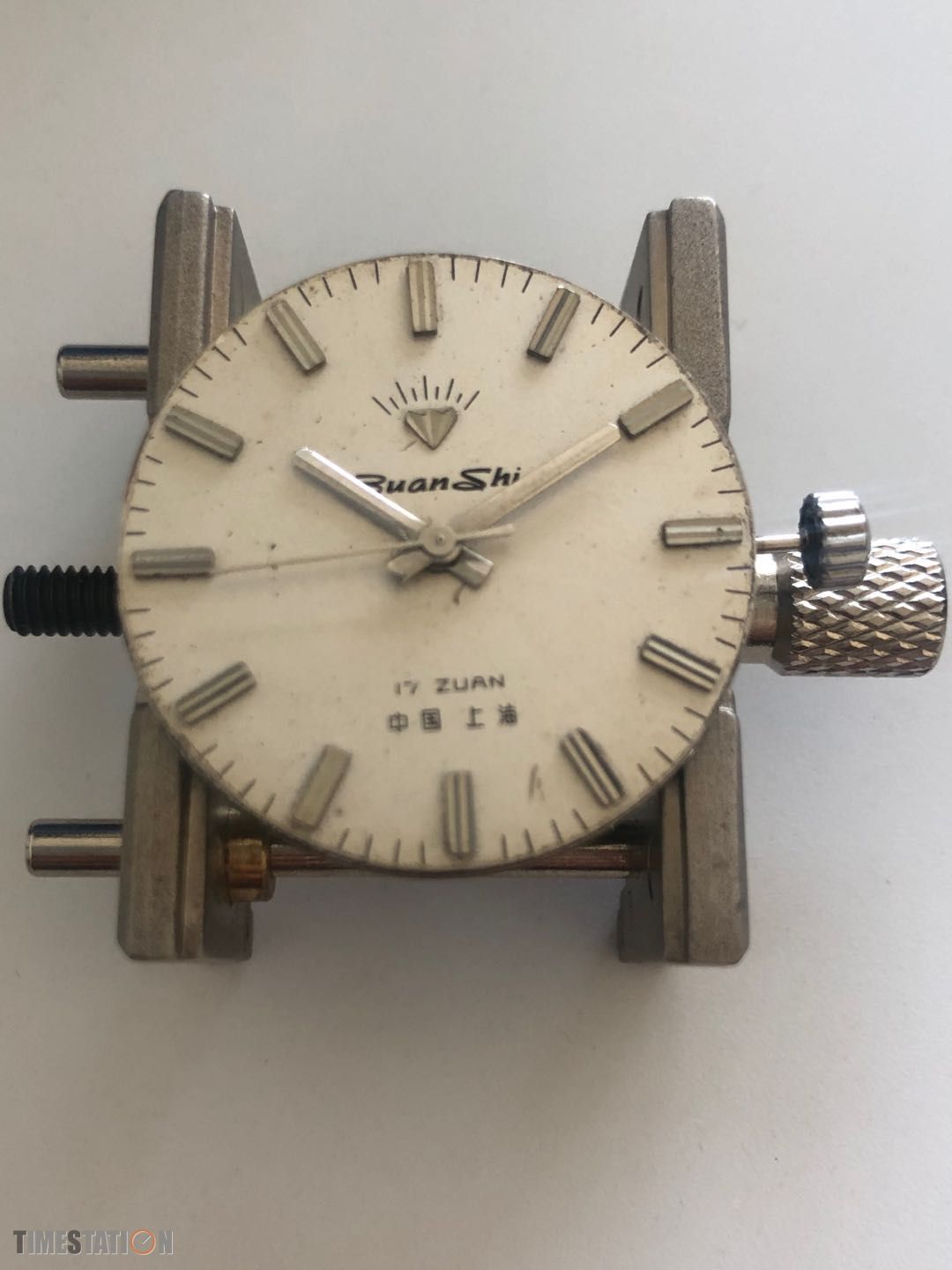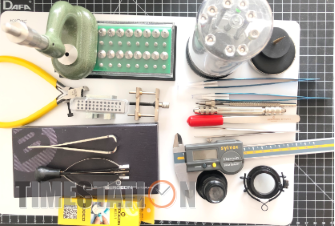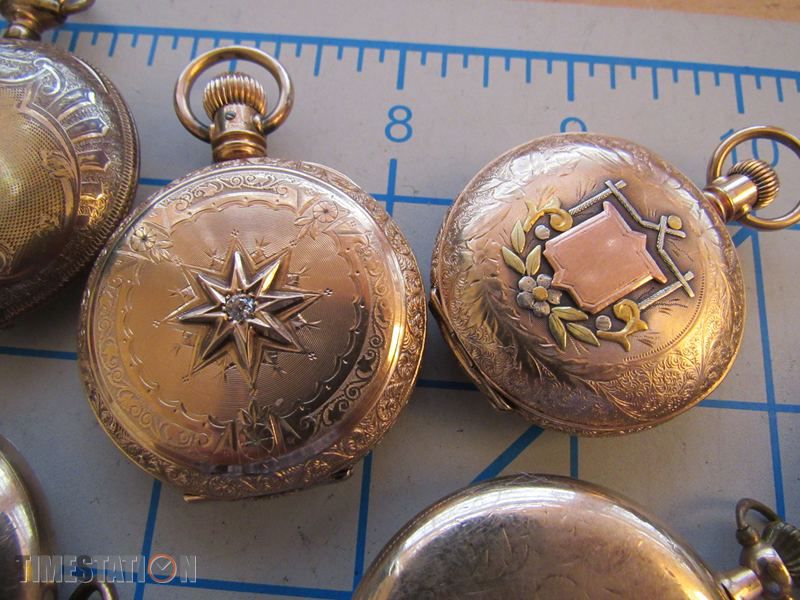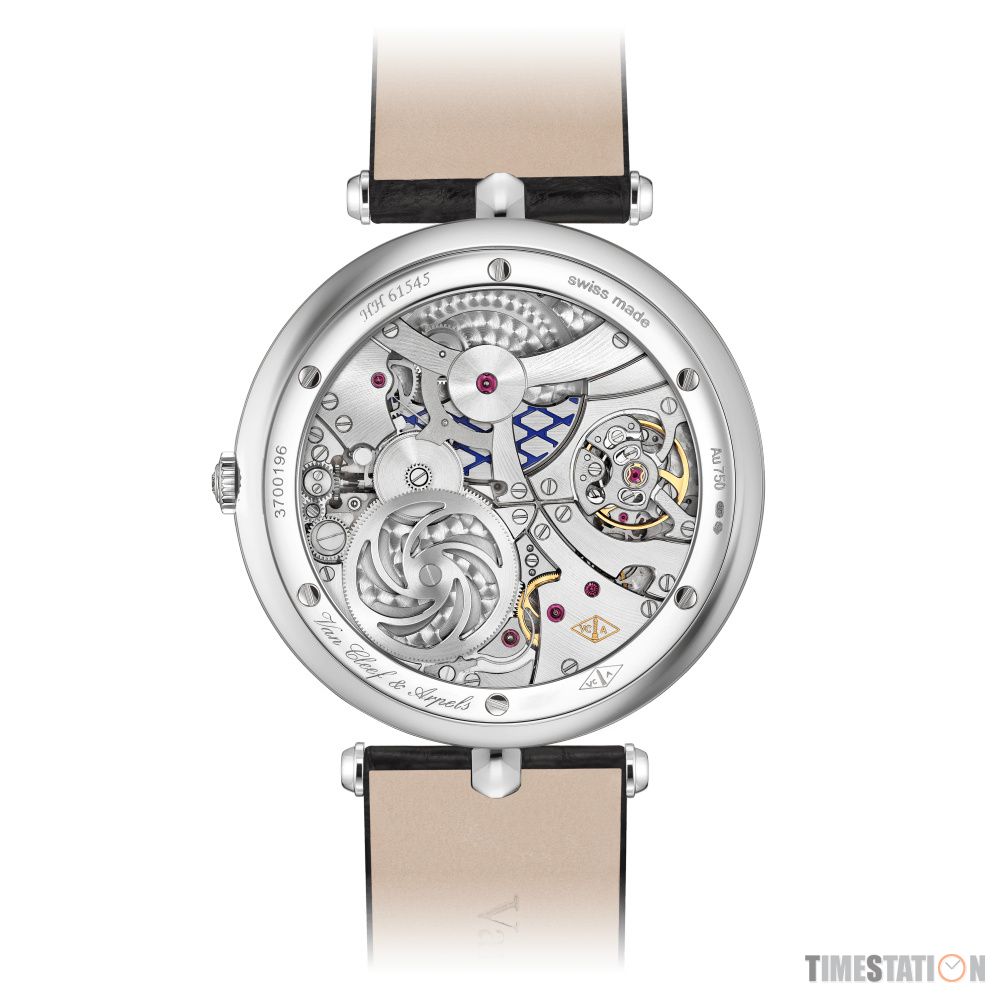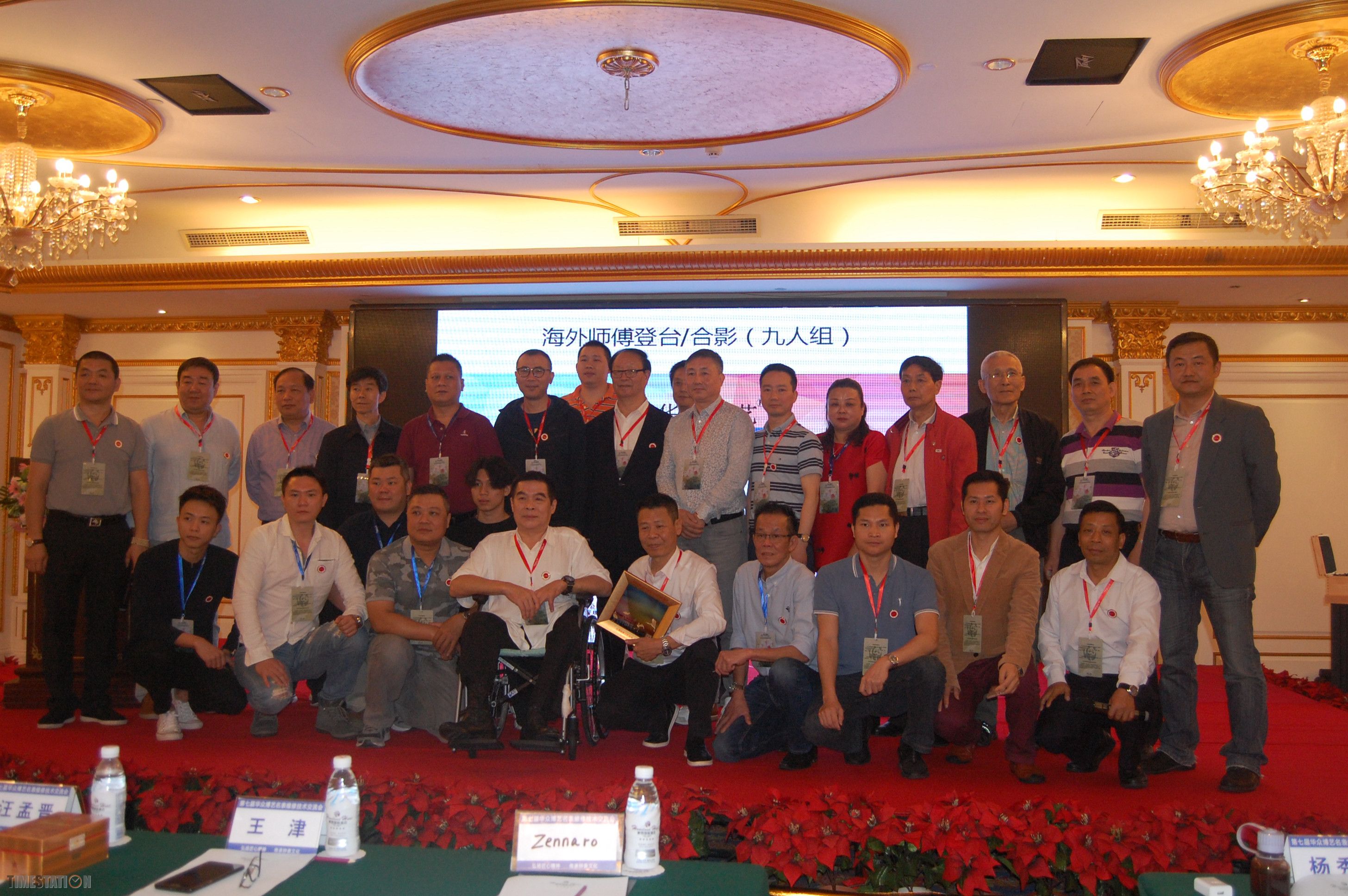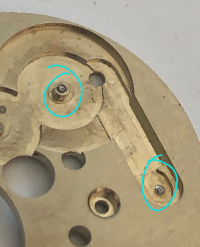善若 发表于 2012-11-21 17:24 
请大家再给多多提点一下,请校长做指示。
不敢当,一直在忙,来迟了。
Georges Frederic Roskopf,1813-1889。
自从1834成为制表师起一直沉沉浮浮,自己开过表厂,帮别人当过师傅,直至1867才彻底成功。
他当时的目标是大量制造劳工阶层能买得起的表,并且能保持一定的质量,
它简单得调整时间是用手指拨动分针,象调整“钟”一样的方式(1867 型),
售价为20瑞士法郎,相当于一个非熟练工人两周的薪水,
稍后的1870型(有点像您这块)也就买25瑞士法郎。
当他将他的1967型表带去参加1867巴黎世界博览会时,意外的得到一个组委会颁发的铜牌,
当时有152个瑞士表厂将他们最漂亮的表参加展示,共发出了4个金牌,6个银牌和15个铜牌,
并且在1869的阿姆斯特丹展览会获得了银牌。。。。。。
由于当时瑞士的专利法不健全(1888才开始有专利注册),Roskopf 的成功制表概念被不少瑞士表厂抄袭,
看看下面这段话,hoho:
Fakes By this time, the idea of the Roskopf-type watch was becoming popular in Switzerland and a number of Swiss companies began making Roskopf copies, labeled "System Roskopf". "Gre. Roskopf"or labeled "Rosskopf" spelled with two 's' for bypassing registered trade mark. Such as A. Rosskopf, E. Rosskopf, G. Rosskopf, H. Rosskopf (from Hollstein, Switzerland), J. Rosskopf, W. Rosskopf (trade mark of Vittori & Cie, La Chaux de Fonds), etc.
In order to be really cheap, these watches were all machine-manufactured and not so well made. Though these watches were pin-levers, they didn't have the platform mounted escapement. In the USA, Roskopf's idea led to the construction of a One Dollar Watch, which also made use of Roskopfs pin pallet escapement. These watches usually employed all punched parts, assembled in riveted movements for making them even cheaper, though un-serviceable
| 